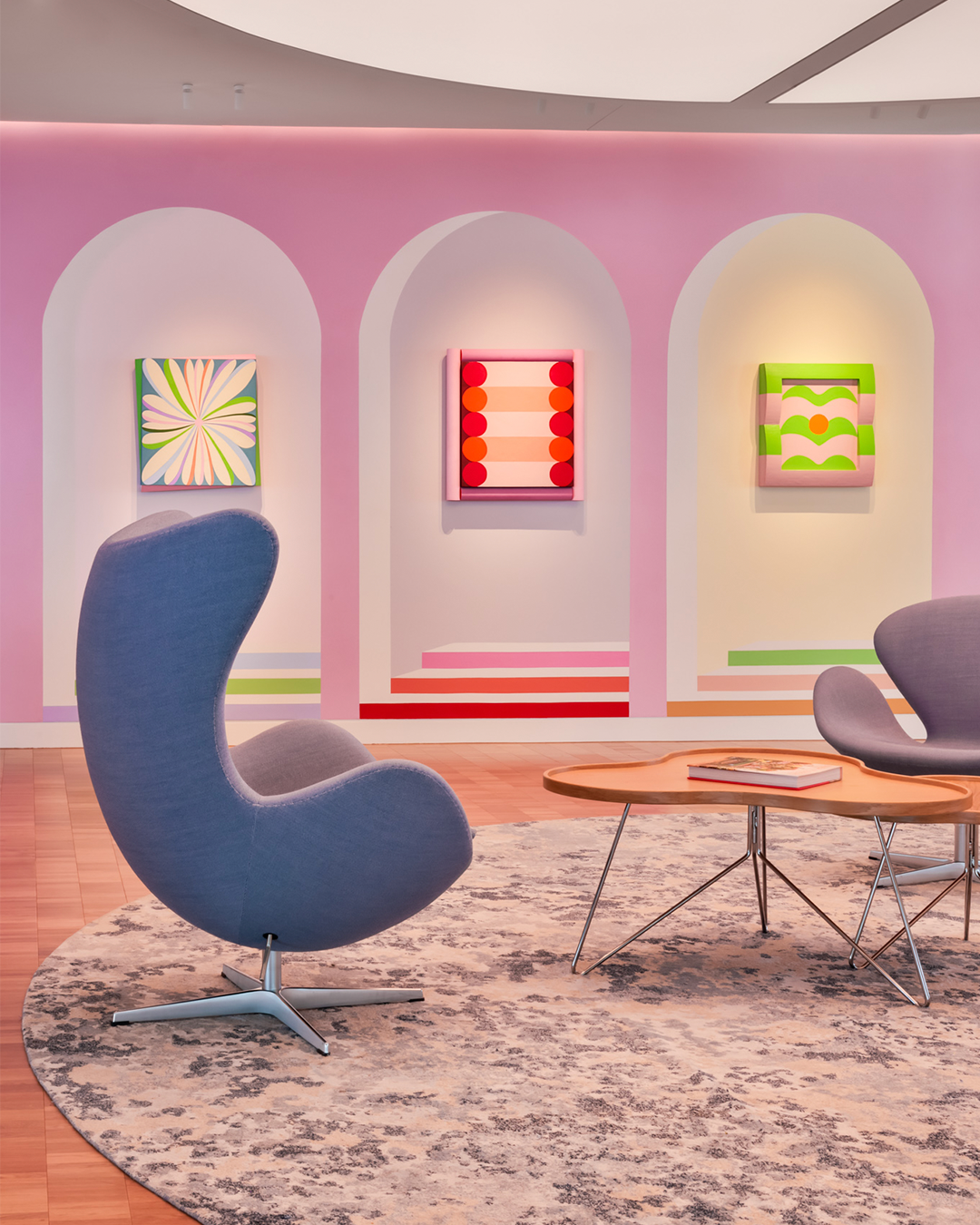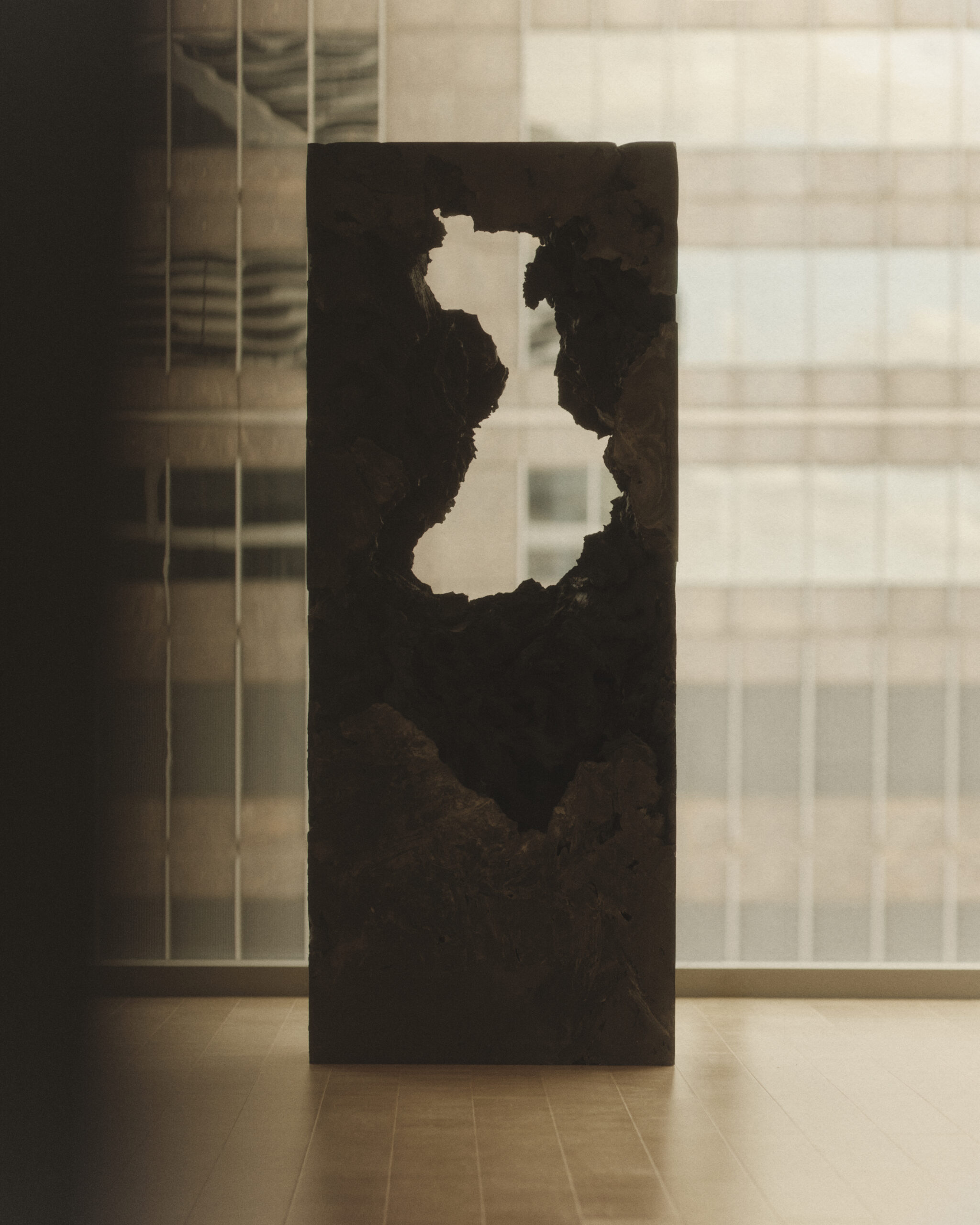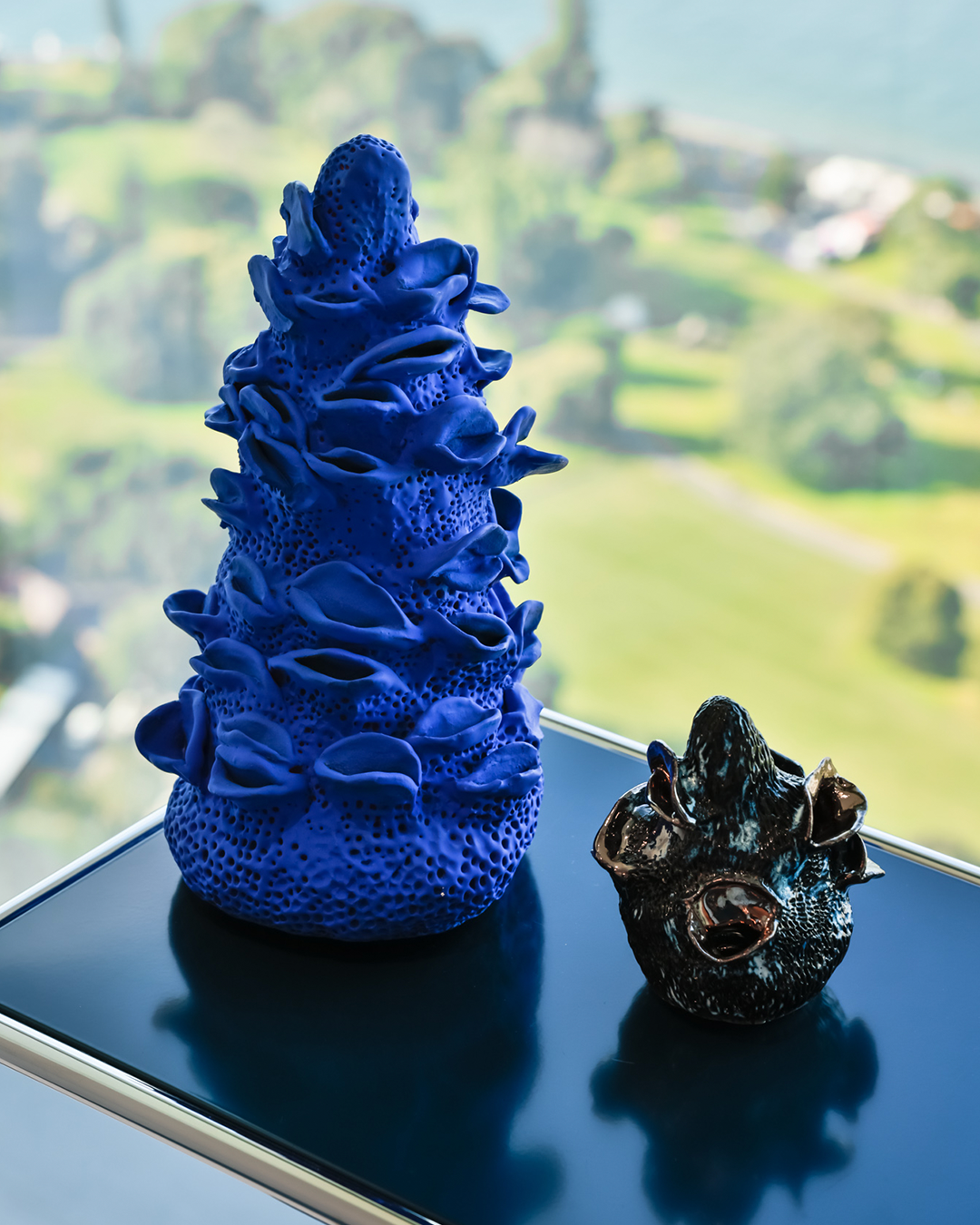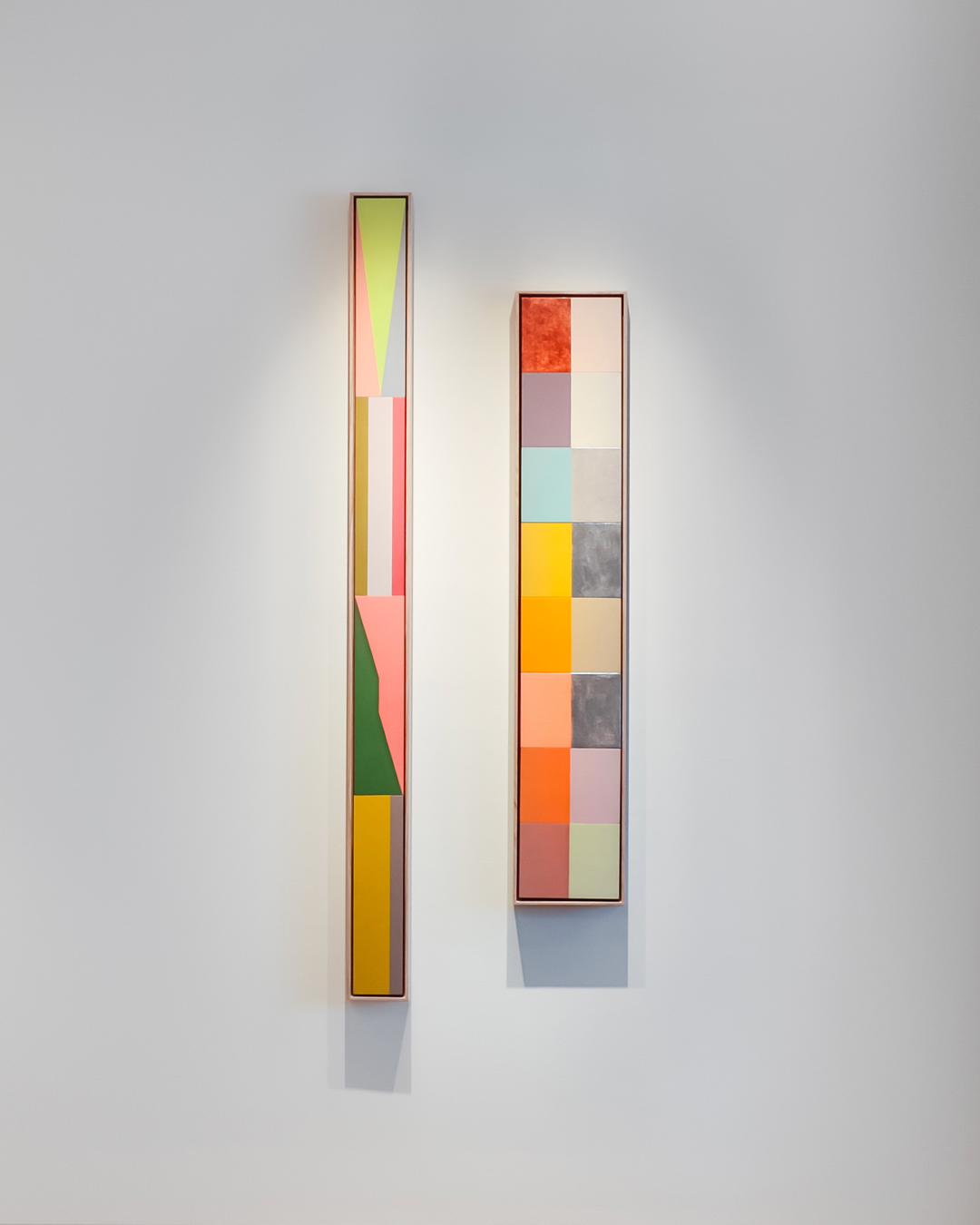
If you want to be a cook, you buy cookbooks and utensils then develop your skills. Collecting art is similar – you need to build your skills and refine your taste.
The following excerpt is extracted from The Art Project by Emilya Colliver

1. How to begin
You don’t need to buy the first thing that you see! It takes time to get a sense of what will suit your organisation. You can make a start by following the progress of some artists whose work you like. With so much exciting talent in Australia, it’s never been easier to build a strong art collection and support local artists at the same time.
Keep in mind that every great collection starts with purchasing a single piece of art. As you learn about what you like and what suits your organisation, note down some clear guidelines for the collection (the narrative of the collection). If you don’t feel confident doing this on your own, an art consultant or art curator can help you do this.
2. Questions to think about as you begin the process of collecting:
— What medium do you really find compelling? For example, do you love video art, art murals, sculpture or painting?
— When you find an artwork you like, consider how it will fit in the space you intend it to go. How will it look in relation to its surroundings?
— Look at the size of the piece. Do you have enough wall space for it?
— If you like video art, will a digital screen be something that will fit in the space? Will it need to be installed in a particular way?
— Think about what the artwork communicates. What impact do you want the artwork to have on your clients and on your staff? Does the artwork achieve that?
The way you shape your collection will depend on what you want your organisation to communicate to your staff, clients and the public.
3. Design an Art Narrative for your Art Collection
You may consider focusing on the medium, selecting mainly digital artworks or photographs; or an art style, such as landscape or abstract artworks; or on an art movement, such as modernism, post-structuralism surrealism. You might want to support a particular section of the creative community, such as artists from culturally diverse backgrounds, First Nations artists or female artists.
Alternatively, you might want to create your own art narrative – perhaps something fun and accessible. This can be approachable and can help your staff connect with the collection. A narrative that is relatable can guide you when choosing new artworks for the collection that will resonate with your staff.
Whichever way you go, ensure your narrative can function as a broad linking element for the pieces in your collection. Remember to stick to your theme when choosing pieces; doing so will support the integrity of the collection. As you build the collection, try to outline a few clear directions that can be used together with your art narrative when purchasing a work.
This way, if there is someone within your company interested in bringing in a new artwork or introducing a new artist (and remember, it’s always good to support a potential creative pioneer), you can refer to the art narrative guideline to see if the artist and their work fit into the collection. Every artist invests something of themselves in their work and it’s well worth discovering the story behind the piece you’re thinking of having in the collection, so do your research on them as well. That way you will know if their story fits with yours.


4. Form an art committee
If you have an art committee (and it’s useful to have one for curating a collection) make sure they are across the art narrative and are available to meet when selecting new artworks to add to the collection. If you are planning on adding artworks regularly, consider having quarterly meetings with your committee where new works can be discussed. If you think you won’t have time to manage the collection yourself, find someone in your organisation with an affinity for art to manage the art collection for you, or use an art consultant.
Another way to add to your collection and support the creative community is for your company to start an art prize. Many firms do this now, and they do it with purpose and intent. Macquarie Bank, for example, has done a fabulous job of hosting yearly art prizes. If you are interested in this idea, I strongly suggest you hire an art consultant or art contractor experienced in running art prizes as they can set everything up for you and manage the event and its outcome. They are specialists in this area and will ensure everything is done the right way.
Focusing on your art narrative when purchasing works helps to build a meaningful art collection. You’ll be able to tell this story to visitors or clients who come to your office and use it to explain how the art collection was formed. Sharing the story of your collection is also a wonderful way to engage staff. They will develop a better understanding of the collection and will feel more confident in passing this on to others. You can also involve them in the selection of a new piece by asking them to vote on potential new additions, or collaborate on a seasonal art activation.
We encourage you to use the artworks on company documents such as annual reports, as long as you have permission from the artists to do so. This is a great way of increasing the visibility of the artworks for both your staff and clients.

5. Devise a budget
Before you start spending, I suggest you devise a budget that clearly identifies how much you can afford and then allocate this for acquiring the pieces. Always get approval on this budget from your Chief Financial Officer. If you intend to build a collection incrementally, you might think about putting aside an amount every year just for purchasing art. If you decide to set up an art committee or advisory board, they can give you advice on acquisitions and keep you on track with the budget.
When you have your budget, start to explore what is available on the market. Remember to keep your art narrative in mind when purchasing a new work so that you don’t waste your budget on works that won’t fit with the rest of the collection. Also, always be clear about your budget with the gallery or art consultant you work with. If you are unsure about the buying capacity of your budget, ask them if it is sufficient for what you are trying to achieve. For example, a small budget of a few thousand dollars will not be adequate to build a collection that will be in a multimillion-dollar building, but it may work for a small suite of offices. Talk to your gallery or consultant – they can help you review your budget if necessary.
On the other hand, if money is no object, you may consider buying an existing collection to get your new one started. This is an option if the collection you want to buy fits with your narrative. Or you may consider building your narrative around the existing collection’s story.
Words: Emilya Colliver, CEO/Founder of Art Pharmacy
Want more tips? The Art Project covers the complexities of commissioning art in the public realm, the development of placemaking ideas, commissioning artists for developments and how to design a successful art strategy.
Need help? Our art consultants are here to help! Get in touch at info@artpharmacy.com.au
Art Pharmacy is a leading art consultancy that implements creative visions and cultural projects in Australia.

